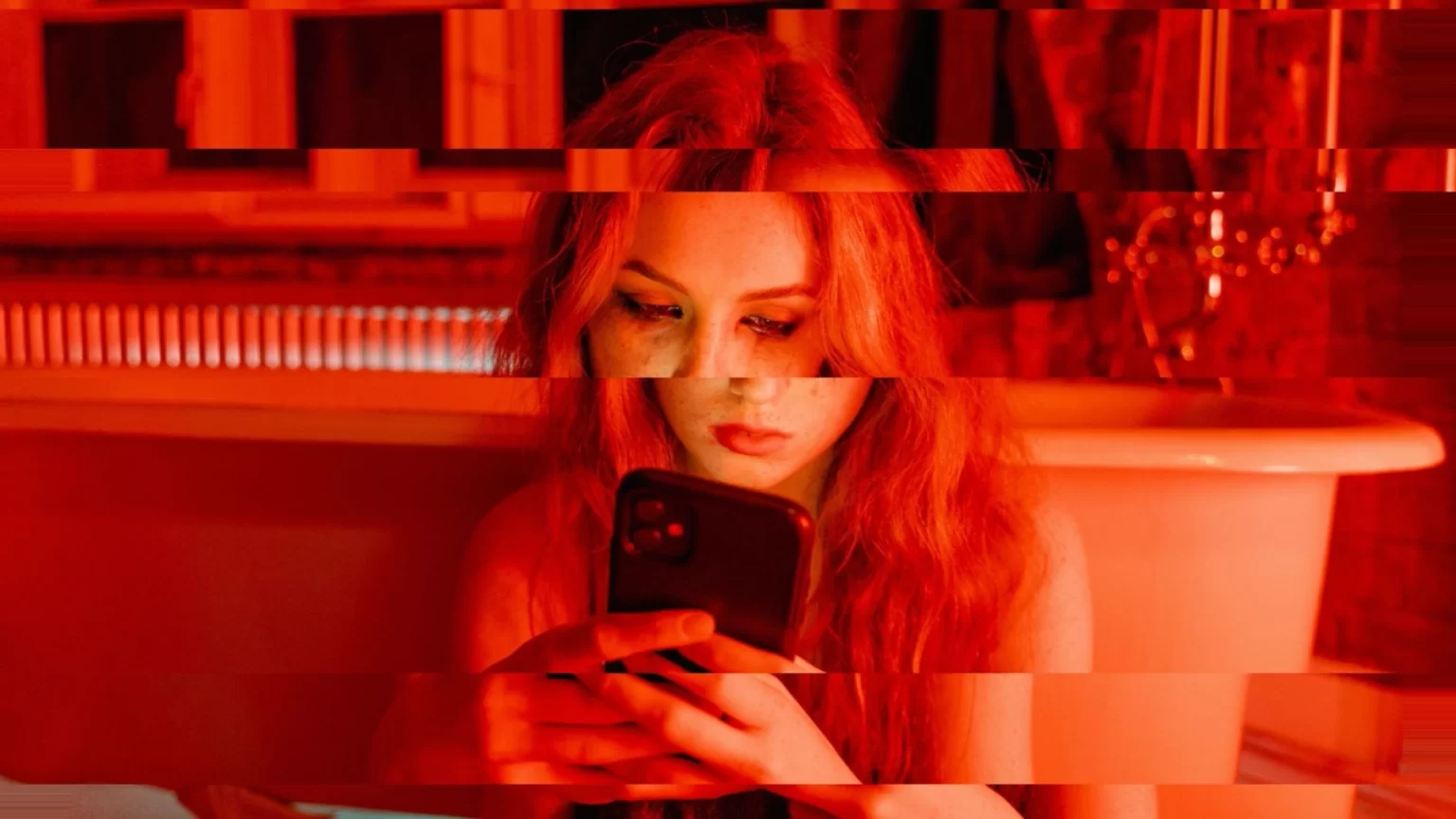Deepfake AI pornography has a significant and alarming impact on celebrities:
1. Widespread victimization: Nearly 4,000 celebrities have been identified as victims of deepfake pornography online[3]. This includes actors, TV stars, musicians, and YouTubers whose faces have been superimposed onto pornographic material without their consent.
2. Violation of privacy and consent: The creation and distribution of deepfake porn involving celebrities is a severe violation of their privacy and occurs without their consent[1][2]. This can lead to significant emotional distress and reputational harm.
3. Massive online exposure: Deepfake porn websites featuring celebrities attract millions of visitors. For example, one prominent site receives about 17 million visitors per month[2]. This extensive viewership amplifies the potential damage to a celebrity's image and reputation.
4. Ease of creation and distribution: Advances in AI technology have made it easier and more lucrative to create nonconsensual sexually explicit material featuring celebrities[2]. Some creators charge as little as $5 for thousands of deepfake clips.
5. Psychological impact: Celebrities who discover they are victims of deepfake porn often experience feelings of violation and distress. As Cathy Newman, a news presenter who was targeted, stated: "It feels like a violation. It just feels really sinister."[3]
6. Challenges in content removal: While some platforms like Google allow for the removal of pages featuring involuntary fake pornography, the rapid spread and creation of new content make it difficult for celebrities to completely eradicate these deepfakes from the internet[2].
7. Potential for blackmail and exploitation: The existence of convincing deepfake porn can potentially be used to blackmail or exploit celebrities, even if the content is not real.
8. Erosion of trust: The proliferation of deepfake celebrity porn contributes to a broader erosion of trust in media, making it harder for the public to distinguish between real and fake content involving public figures[4].
In summary, deepfake AI porn poses a serious threat to celebrities' privacy, mental well-being, and public image, while also contributing to wider societal issues around consent, trust, and the authenticity of digital media.
Citations:
[1] https://www.toolify.ai/ai-news/the-alarming-impact-of-aigenerated-deepfake-porn-on-celebrities-1393221
[2] https://www.nbcnews.com/tech/internet/deepfake-porn-ai-mr-deep-fake-economy-google-visa-mastercard-download-rcna75071
[3] https://factcheckhub.com/nearly-4000-celebrities-are-victims-of-deepfake-pornography-report/
[4] https://www.theguardian.com/commentisfree/article/2024/jul/25/ai-celebrity-deepfakes-generative-chatgpt-impact-politics-future
[5] https://statuslabs.com/blog/what-is-a-deepfake



